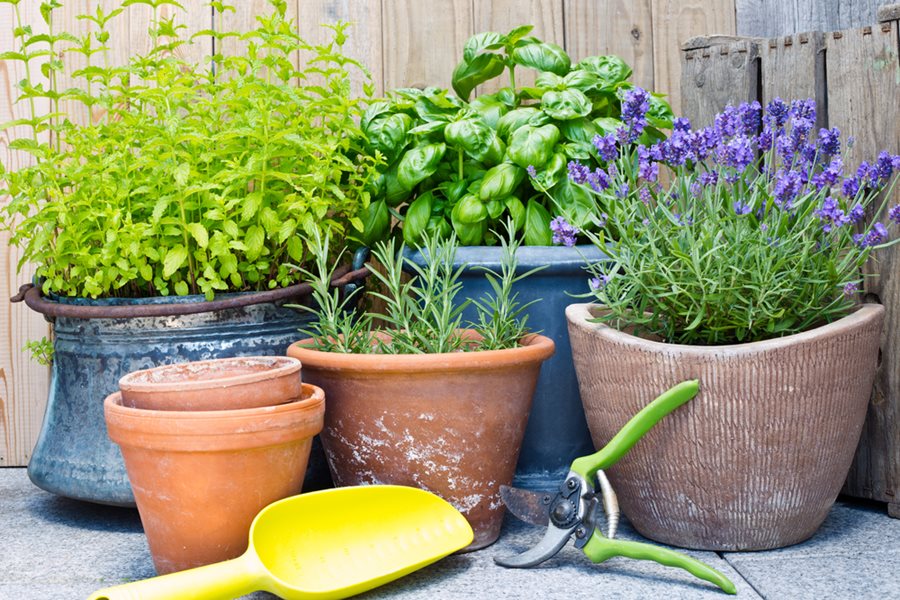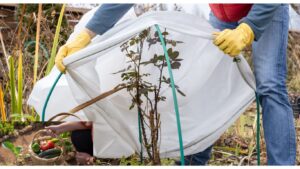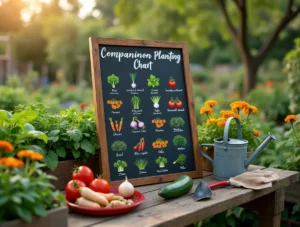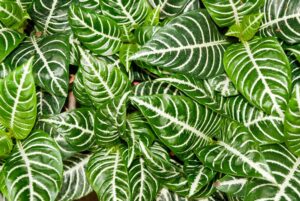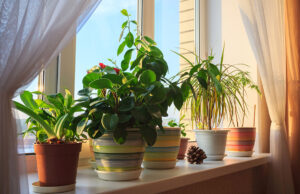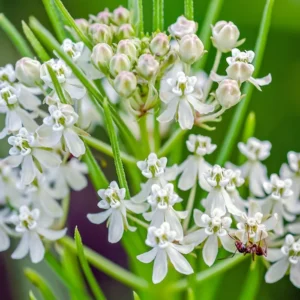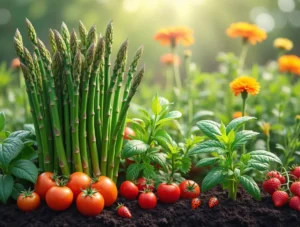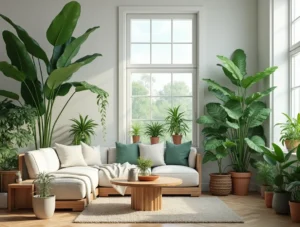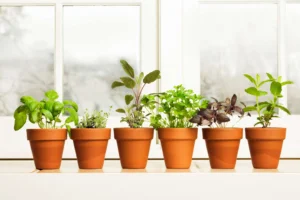Try growing Potted lavender in a container if you enjoy it but lack the correct soil or exposure conditions to enable it to flourish in your yard. Lavender is a beautiful container plant, whether alone or in mixed configurations, with its silvery foliage and magnificent purple flower spikes. Growing lavender in a container also has other benefits, such as easier access to its aromatic blossoms and the ability to enjoy your plant indoors on a patio or balcony.
Potted lavender is the perfect container plant for gardeners who have limited time to water since it is quite low-care and drought-tolerant, much like lavender growing in the garden. If you meet its fundamental needs, this perennial plant will thrive in a container for many years. Here are ideas for maintaining the health of your potted lavender season after season.
On This Page
1. CHOOSE THE RIGHT VARIETY
While all varieties of lavender thrive in pots, depending on your environment, the available space, and whether you want to utilize your plant for decorative interest or for cooking, some may be more appropriate for your needs than others.
English lavenders are a popular choice for areas with chilly winters because they are more cold-tolerant than other lavender varieties. Try small cultivars, including “Hidcote,” Sweet Romance®, and “SuperBlue,” if you have limited room.
Though less cold-resilient than its English relative, Spanish lavender is more tolerant to heat and humidity than other lavenders. “Bandered pink” Growing a little taller than nine inches, Spanish lavender is particularly container-friendly and presents a brilliant show of deep rose flowers with delicate pink bracts.
In compact places where the plant isn’t hardy, compact forms of French lavender are also ideal for pots. The only lavender species with an attractive fringed leaf, French lavender often blooms longer than its English and Spanish relatives.
2. PLANT IN WELL-DRAINING SOIL
Every kind of lavender originates from Mediterranean areas with freely draining, sandy soils. Add some coarse sand or perlite to your potting mix to help with drainage and stop root rot brought on by moist soil, so you can simulate those conditions for your potted plants.
Additionally, lavender grows best in somewhat alkaline soils. To raise your soil’s pH, add one tablespoon of dolomite lime to your potting mix
3. CHOOSE THE PERFECT POT.
The health of potted lavender depends on proper drainage; hence, always choose a container with multiple drainage holes at the bottom to avoid water retention and possible root rot. Using unglazed terracotta or clay pots will also help prevent the soil from getting overly wet since their porous walls allow more airflow.
Unless you intend to grow your lavender plant annually, carefully consider the size of your container based on its mature dimensions. Generally speaking, your plant will have plenty of space for future expansion in a container that is at least twice the width and depth of the rootball.
4. PROVIDE AMPLE SUNLIGHT
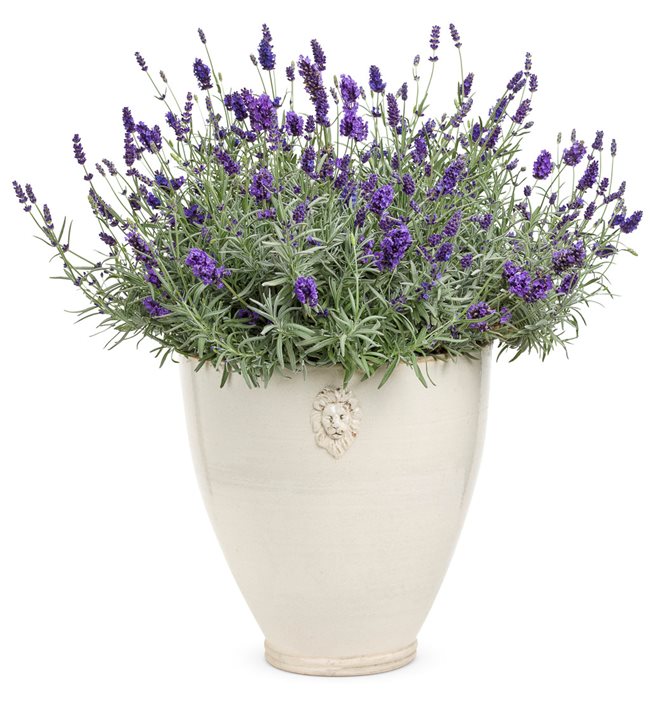
Not comfortable growing in the shadow, lavender plants need complete sunlight to flourish and bloom. Your potted plants must be positioned where they will get at least six to eight hours of daily direct sunlight. If you keep lavender indoors, think about adding extra artificial lighting to meet their requirements.
5. DON’T OVERWATER
Root rot from overwatering is the most common cause of potted lavender death. Lavender grows best when you wait until the soil is nearly dry before watering; it is native to a hot, dry Mediterranean region.
To check the moisture level, stick your finger knuckle-deep into the soil (or roughly two inches below the surface), then water if it feels dry. But since container-grown plants can dry out rapidly, particularly on the warmest days of summer, make sure to routinely check the moisture level.
6. FERTILIZE SPARINGLY
Lavender really prefers to grow in nutrient-poor soil, which requires little fertilization. Usually enough is a balanced, slow-release fertilizer applied in the spring. You might also toss a few worms’ castings into your potting mix. Just be careful not to feed your lavender too often, which can promote a surge in leaf growth at the expense of flower output.
7. PRUNE AND DEADHEAD REGULARLY
While potted lavender requires little maintenance in terms of fertilizing and watering, you must routinely prune it to keep the intended size and form. Late July, just following lavender’s last bloom, is the ideal time to prune it. Prune a variety that blooms with a strong flush in late spring to help stop woody stems from growing for as long as they may otherwise.
Cut your plant back with hand pruners around one-third the length of each stem, shaping it as you go to eliminate lanky growth. Lavender cannot sprout from old wood; hence, be careful not to cut back into the older, woody areas of the plant.
Apart from cutting, deadheading the flowers once they have wilted can also help. This will not only keep your plant neat, but also promote additional blossoms and lengthen the flowering season.
8. OVERWINTER IN A PROTECTED LOCATION
Move the pot into a garage, shed, or other indoor shelter for overwintering if you are raising a variety of lavender that is not winter-hardy in your growing zone. Even the cold-hardy English lavender (Zones 5-9) can benefit from some protection in locations with severe winters, since lavender plants planted in pots are more exposed to the cold than those growing in the ground. If you live north of Zone 7, take the more delicate Spanish and French lavender plants indoors to guarantee their survival.
Your indoor refuge should be unheated but not frozen; most lavenders need a period of hibernation in milder temperatures to bloom the next season. During this period, you should also cut back on watering until your plants revive in the spring.
9. CHOOSE GOOD COMPANIONS
Plant lavender in mixed container combinations with other drought-tolerant plants that require direct sunlight.
Like lavender, other culinary herbs originate from the Mediterranean, have a passion for the sun, and require quite dry soil. Among those are sage, thyme, rosemary, oregano, and marjoram.
FREQUENTLY ASKED QUESTIONS
Which lavender is best for pots?
Although you can grow almost any type of lavender in a container, dwarf and other small varieties that don’t grow taller than a foot tall and wide will take up the least space and provide easier mobility.
Will potted lavender come back every year?
A potted lavender plant can last for many years under perfect growing conditions; however, this usually depends on the particular type. With proper care, English lavender can last in a container for up to 15 years. Spanish and French lavender typically have a lifespan of approximately five years.
Can I grow potted lavender indoors?
Though potted lavender grows and blossoms best outside in a location where it can bathe in full sun, you can also grow it indoors in a sunny south-facing window or under grow lights if natural light is inadequate. Most lavenders dislike humidity; hence, steer clear of growing them in a steamy bathroom or other highly humid environment.
Can lavender survive the winter in pots?
English lavenders and their hybrids typically survive outdoor winters and are cold-hardy up to zone 5. However, to ensure their survival in conditions below 10 °F, one must relocate other varieties of lavender indoors or under cover.
How often should I replant lavender?
That often depends on your plant’s maturity size and growth rate. Compact types of lavender typically stay in the same container for several years, but larger lavenders that mature into tiny shrubs may require more frequent repotting to maintain their vigor and prevent rootboundness. Select a container a few sizes bigger than the current one and replace the old soil with fresh potting mix when moving your lavender into a new pot.
